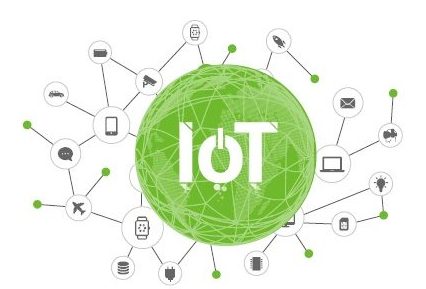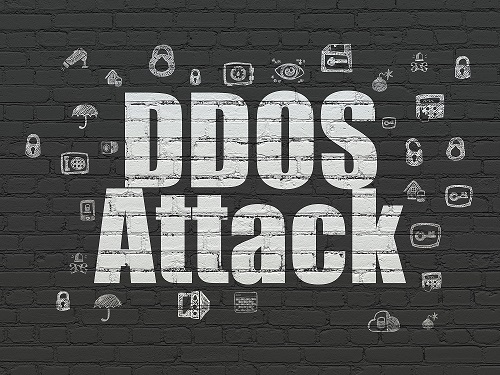Considerations for Making ICS Networks Comply with CMMC
1. Background In early 2020, the US Department of Defense (DOD) released the Cybersecurity Maturity Model Classification (CMMC). On average, the USA loses USD 600 billion a year to adversaries in the cyberspace. Currently, the DOD has about 300,000 contractors, covering a variety of fields from hypersonic weapons to leather factories. Of all these contractors, […]






